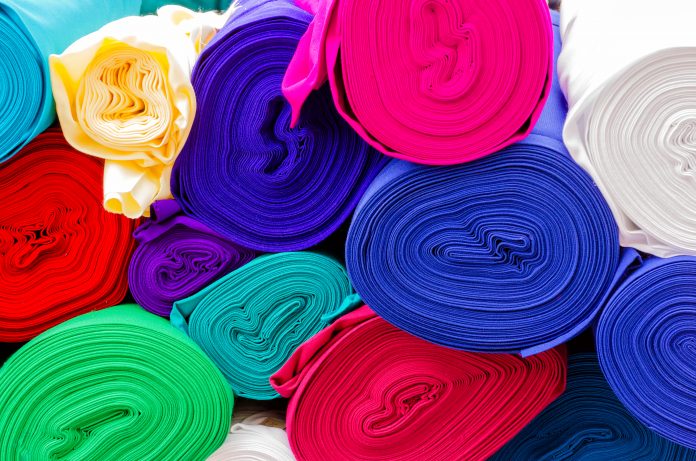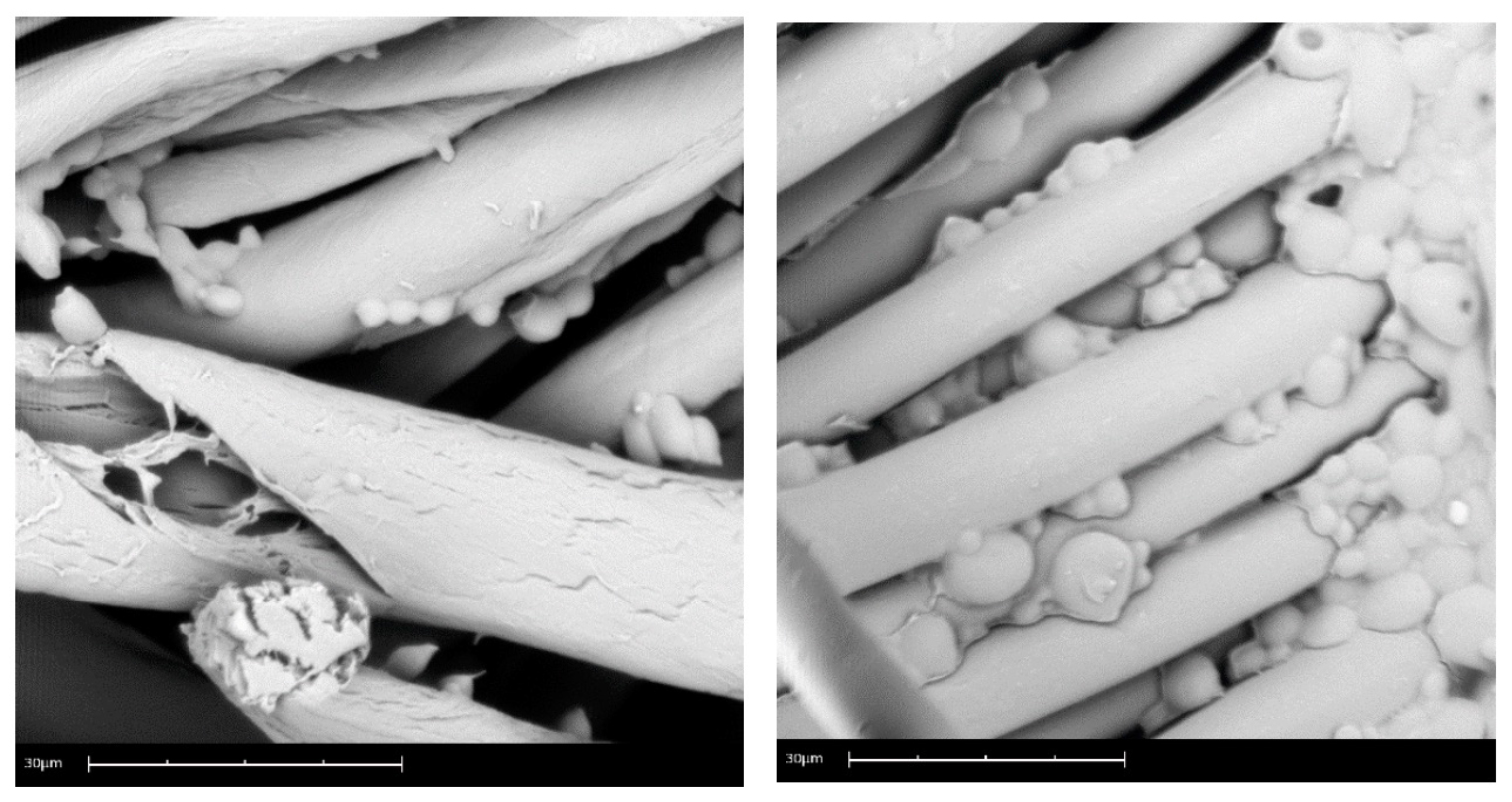Here, Professor Manuel José Lis Arias explains the benefits of smart biofunctional textiles
Since early times, mankind has been looking for protection against the hostile environment. One of the principal protection tools has been the development of technologies to mitigate elemental effects.
In this vein, textile development has played a very important role. In front of every new climatic or social awareness, textile design and usefulness has been totally adapted to each situation. Clothes and the use of textiles are everywhere where people are present, which makes it extremely easy to spread their effects.
Today, however, this progression of textile substrates has been reaching higher standards, for example, being part of the wings of an aeroplane, used as controllers of the lixiviates in wastes storing systems or part of a protective uniform against rain, heat or welding sparks.
At this difficult time when the world still battling and recovering from the COVID-19 pandemic, it would be useful to reflect and think carefully about the possibilities textile substrates offer. How can they help to improve the situation of societies and the fight against diseases and increase the sensation of welfare, particularly in vulnerable social groups like the elderly or children?
Active principles
The use of textiles as vehicles to spread different medical or health effects has frequently faced, the different chemical characteristics of active principles (AP) concerning their response when faced with environmental conditions, which has made this application difficult.
With the appraising of controlling systems made from polymers (microparticles) from the Pharmaceutical Sector, the nature of transversality of textile phenomena has found a new way to increase their possibilities tremendously.
There are several possibilities in the field when it comes to getting microparticles with AP inside them. Multinuclear microspheres are uniformly distributed microspheres among other new structures.
Usually, these microparticles are conformed by an interior part (core), where the active principle remains protected from the outside by an external part (shell) that can be designed using different types of biopolymers, that can be ordered on a bespoke basis.
Just depending on the chosen structure, it is possible to control the delivery mechanism that offers an enormous number of possibilities that can be applied to each required need. Since rupture, to bring a total liberation of the active principle to different mechanisms, where partial hydrolysis and diffusion through the shell state clearly, the rate and delivery of the AP should be considered.
The control of the shell thickness, as well as its composition and chemical characteristics, can establish the final properties to be added to the textile substrate. The physical and chemical properties of the fabric can also be used to regulate the rate of delivery to the skin or to the environment where it would be used.
The amount of active principle delivered is influenced, not only by the shell structure and composition but also by the physical-chemical interactions between microcapsule shell and fabric fibres, as well as the possible interactions that can occur between the AP and fibres. Coming from the same amount of AP inside the microcapsule, the amount delivered to serum media is different depending on the substrate in which these structures have been applied. For example, we have detected differences in the delivery kinetics in the release of gallic acid, microencapsulated with polycaprolactone and applied on two different fabrics (CO, cotton and PA, polyamide) in a bath of serum at 37°C.
The behaviour of the system, at each step, can be controlled by assessing different colloidal properties, and microcapsules can be examined using optical microscopy, which gives a relatively easy way to reproduce the exact properties of the particles obtained, and consequently, the final yield on the industrial application.
There are an enormous number of possibilities when combining AP and different types of biopolymers for the formation of the microparticle. Among the most interesting biopolymers to be used, we can highlight three groups of natural resources:
- Natural Polysaccharides: Starch, cellulose, chitosan, arabic gum, alginate.
- Modified Polysaccharides: Dextrins, carboxymethylcellulose, ethylcellulose, methylcellulose.
- Waxes and lipids: Paraffine, triestearine, stearic acid, monoacyl, diacyl.
As final applications depend on the joint effect of the AP and the shell itself, there is a totally open market for different social, medical and industrial problems that can be solved using this type of methodology, as to use the fabrics as a vehicle to spread the AP effect.
Antimicrobial tissues
Just using natural oils, like oregano oil, lavender oil, or tea tree essential oils, combined with a chitosan hybrid shell, we can get a very important decrease of the majority of bacteria in an application that delivers the AP of the essential oils during more than 12 hours. These types of products can be used in public places, like airports, bus stations or waiting halls where they can be applied to the seats and curtains.
Insect repellent microcapsules
The use of citronella oil is a very well-known mosquito repellent, and its effect can be improved when it is microencapsulated. It can be applied, also in public buildings in tropical countries to avoid the transmission of several diseases in which these insects act as vector transmitters.
Skin treatment
For several transdermal skin treatments, some anti-inflammatories, vitamins, antioxidants, and whatever AP needed, is improved with the use of fabrics as media to transfer it. Sweat composition can be used to control the doses to be delivered to the skin, and the barrier character of the strato-corneum layer can be overpassed using the adequate combination of biopolymers on the shell structure.
When it is needed, the microparticles obtained can be bonded to the fabric through chemical pre-treatments that would create new bonds between the substrate and the microstructures. That would ensure a minimum washing cycle with the finishing still active.
Please note: This is a commercial profile












